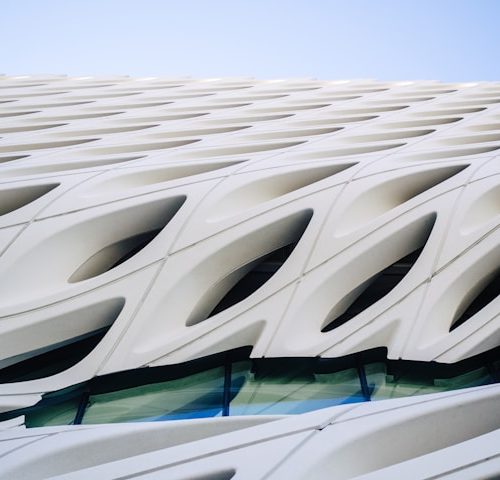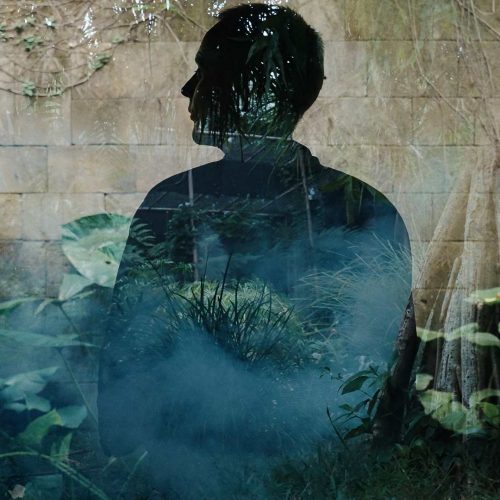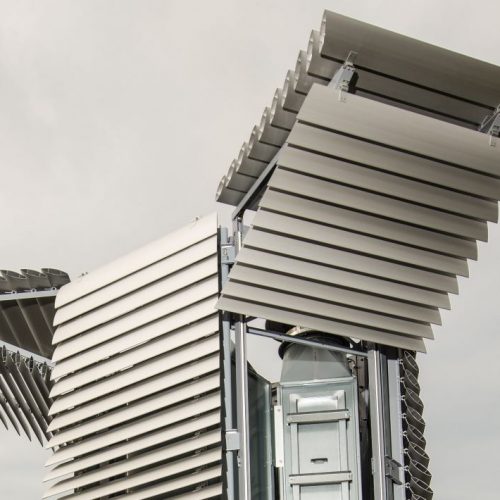How Are New Designers Embracing Circularity?
In a time of technological advancement, visual saturation, torrents of litter, complex capitalist dynamics and environmental degradation, what role can designers play in shaping the future? Here we spoke with four freshly-graduate designers whose work bespeak functionality, resourcefulness and foremost, circularity.
The Dutch Design Week (DDW) is one of the largest international platforms for innovation and design in Northern Europe. The fair, held every October in Eindhoven, The Netherlands, showcases the finest mix of established, rising and graduating designers who grace the pavilions with cutting edge concepts. Although this year the fair went online last minute due to the tightening of social restrictions in The Netherlands, the future of design, as seen at the DDW, is conceiving mechanisms able to cope with the rapid change of ecosystems.
Graduating students’ projects reveal pressing anxieties of young generations, whilst formulating long-term solutions as they anticipate problems and devise artefacts that alter the way we interact with our surroundings, therefore shaping the culture and societies we live and work in. It’s not new to say that the climate crisis is affecting young generations the most, and that it is them who are rushing to take action. Today’s social instabilities permeate the work of these new designers setting the ground to transition from a society that places value on mass acquisition to a culture that finds pleasure in functionality and minimalism. And how are they doing so?
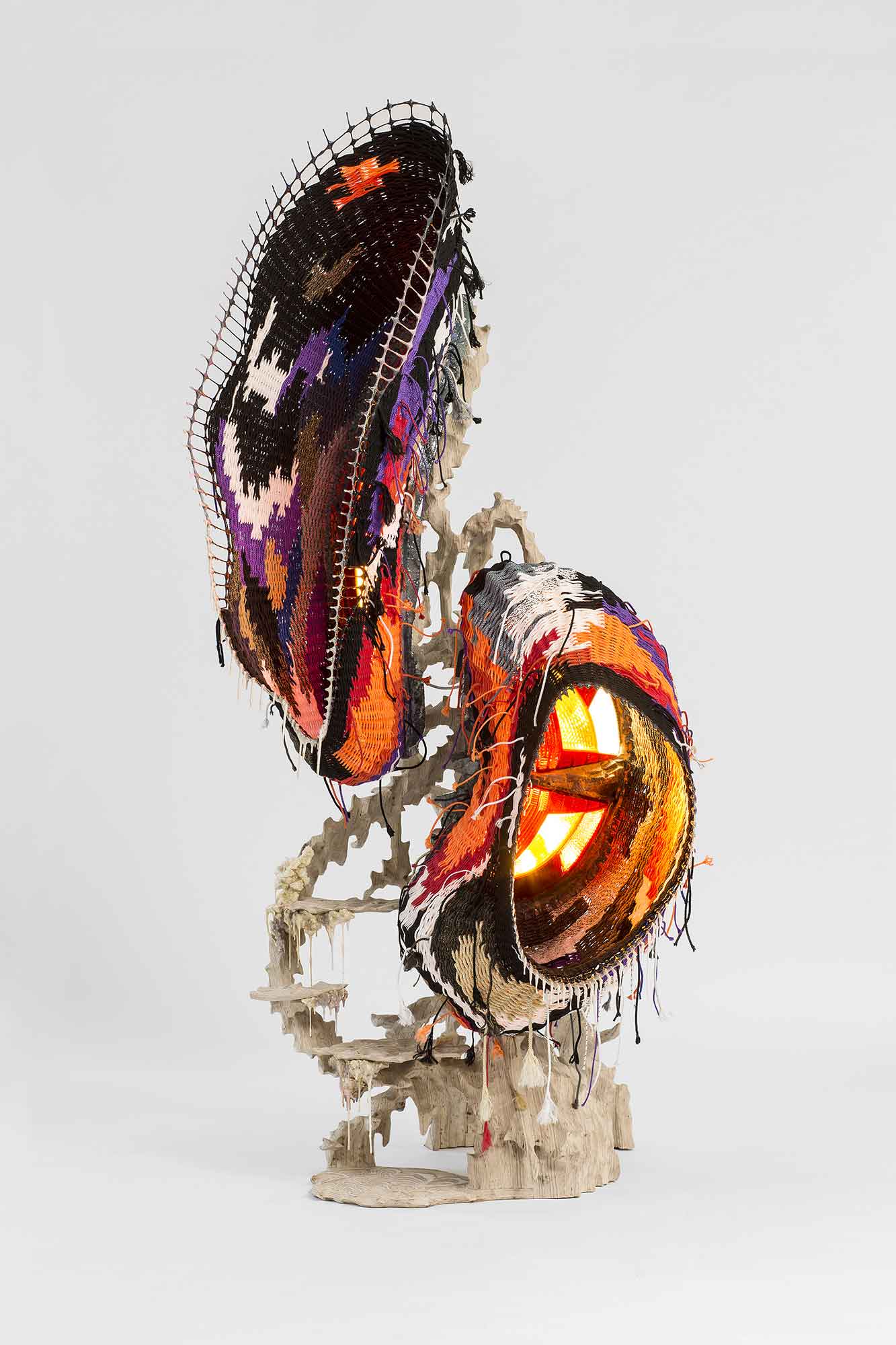
©Tadeas Podracky
JUGAAD BY SACHI TUNGARE
Mumbai-based multidisciplinary designer brought to the DDW single-use plastic alternatives and ash trays as featured in her project jugaad. Jugaad, a colloquial Hindi term referring to flexibility to solve problems, examines the upcycling of organic and inorganic leftovers for different uses yet the same purpose—that of coping with environmental pollution. Floral waste from small, daily religious rituals and largefestivities are continuously discarded in India, collected by Sachi, and transformed into organic wrapping paper for toiletries. Cigarette butts, on the other hand, are drawn away from the stream of litter that is ending up in turtles and birds tummies to become ash trays. Sachi’s project abides by the meaning of its name—it aims to find simple and quick design methods that help mitigate colossal problems cumbering the earth.
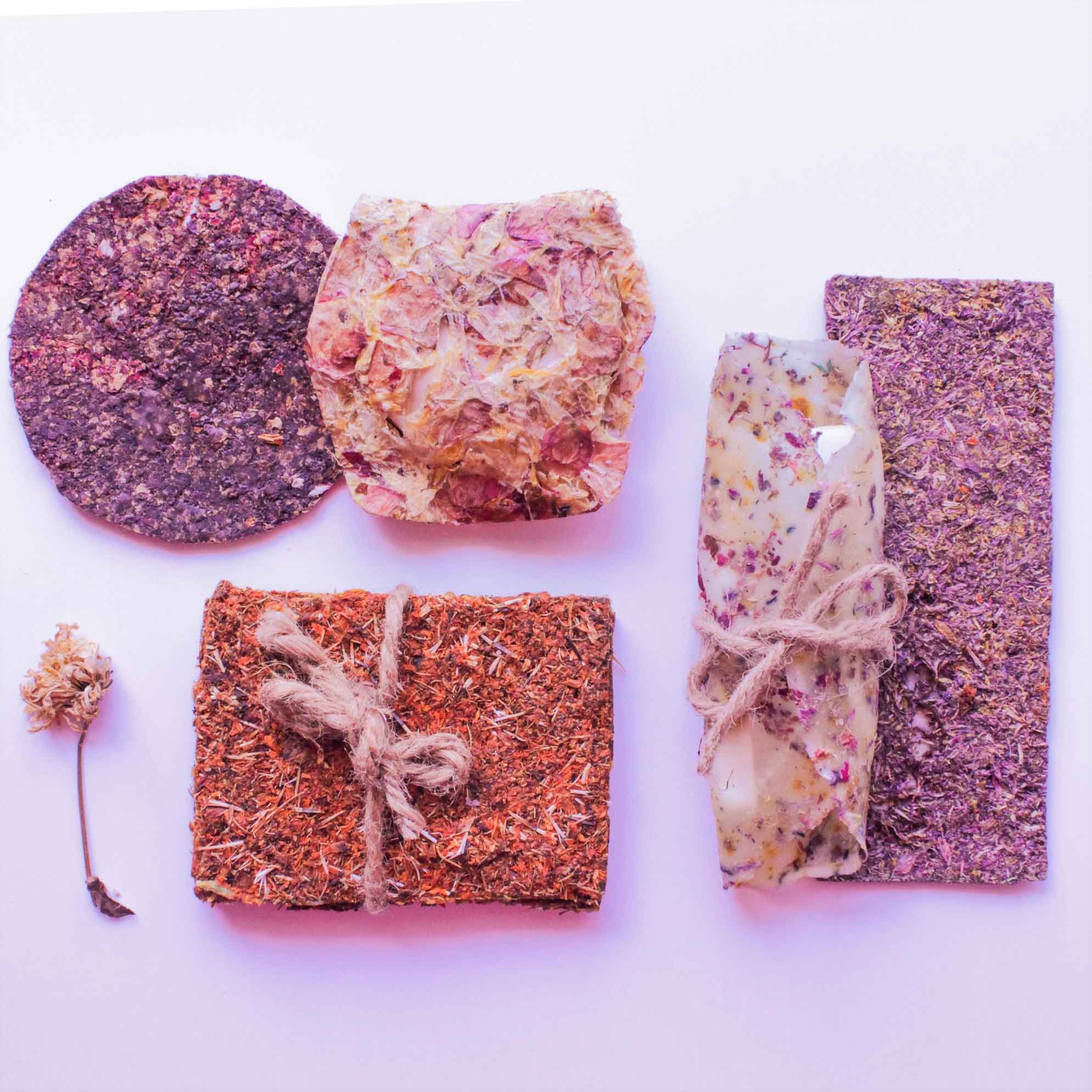
1. Toiletry wrapping paper made with floral waste
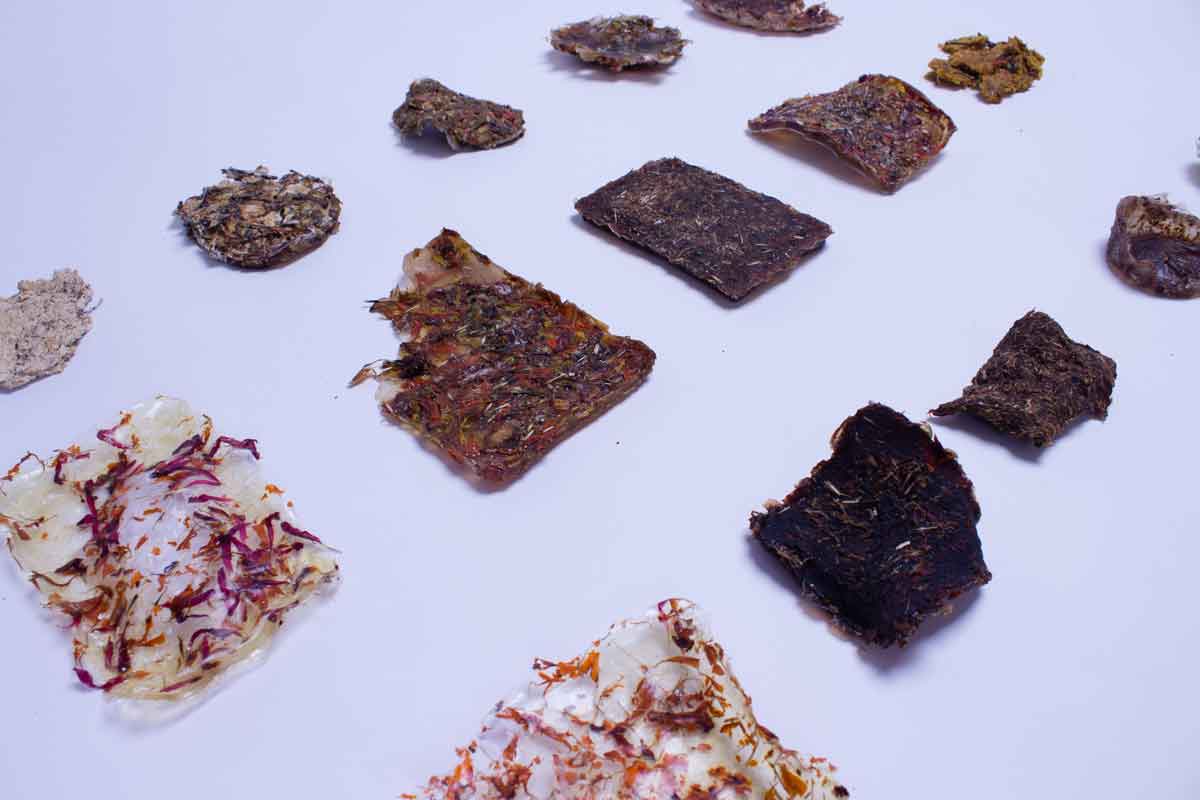

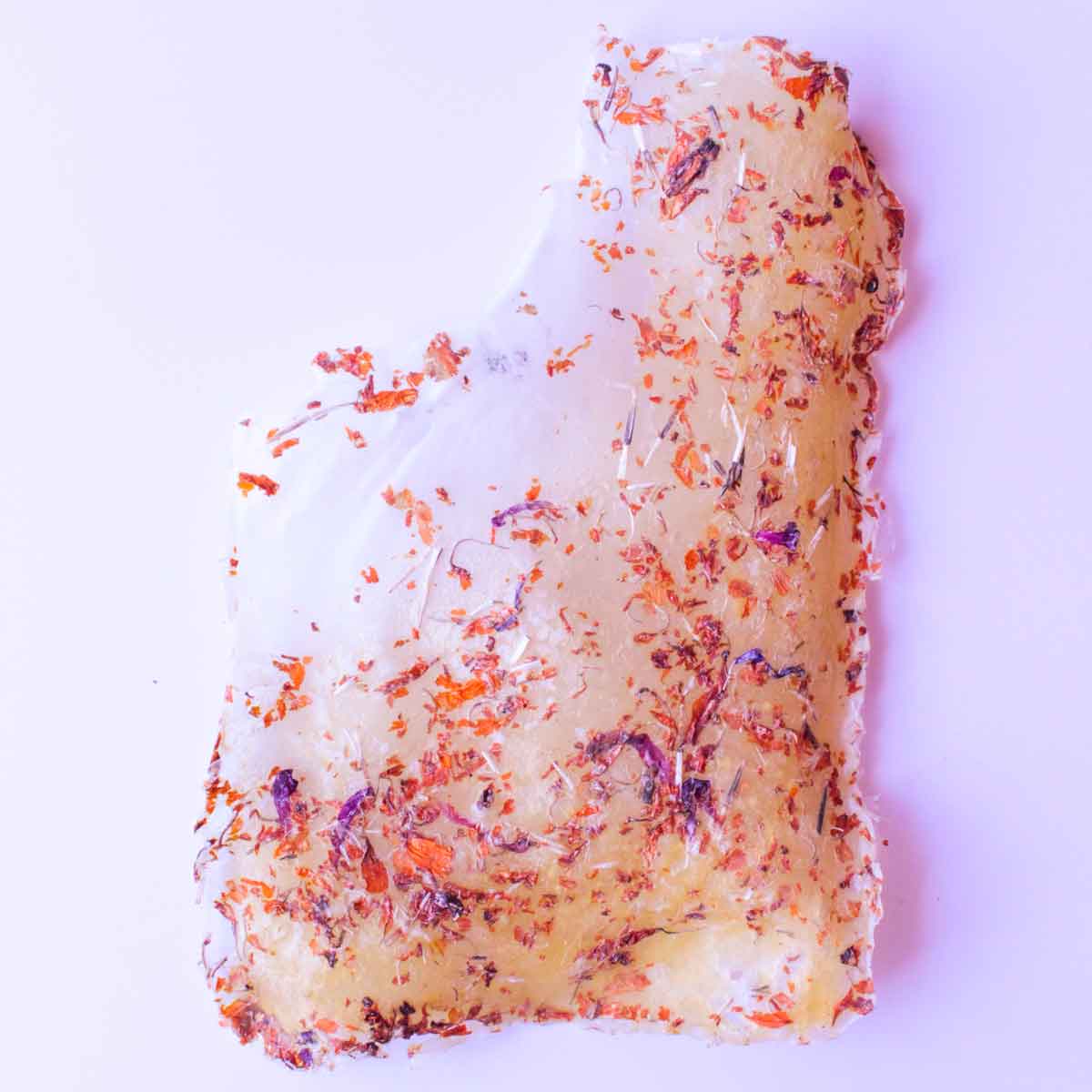
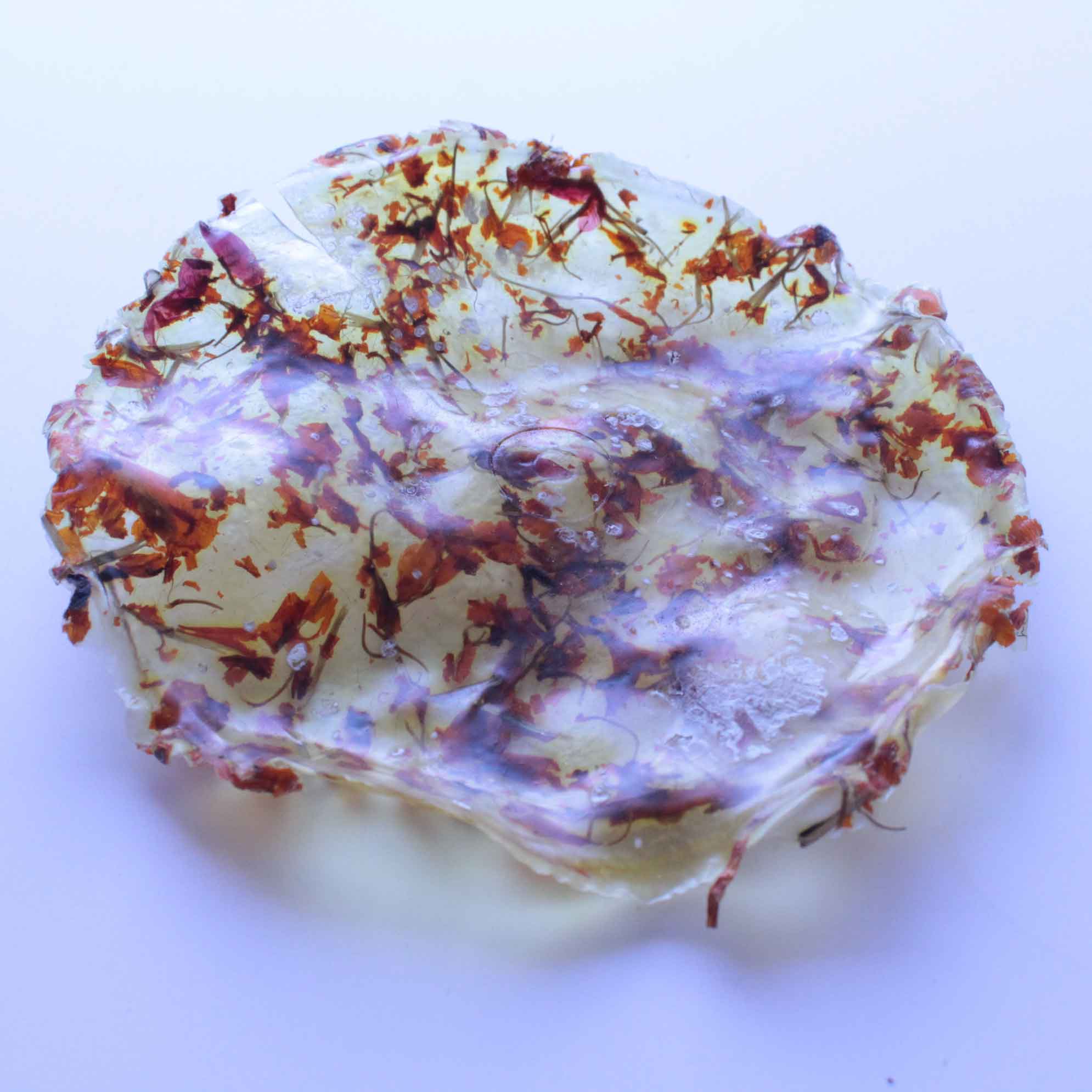
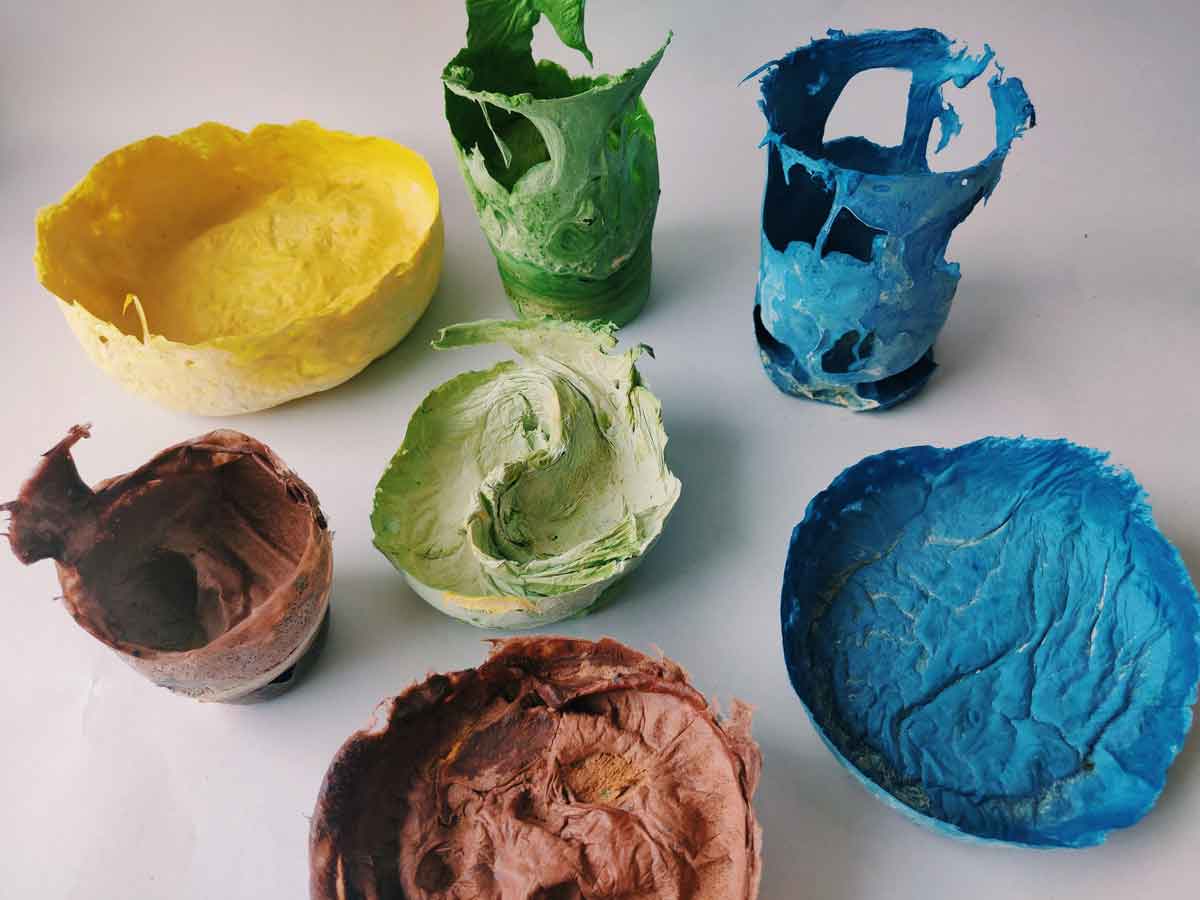
2. Ash trays made with cigarette butts
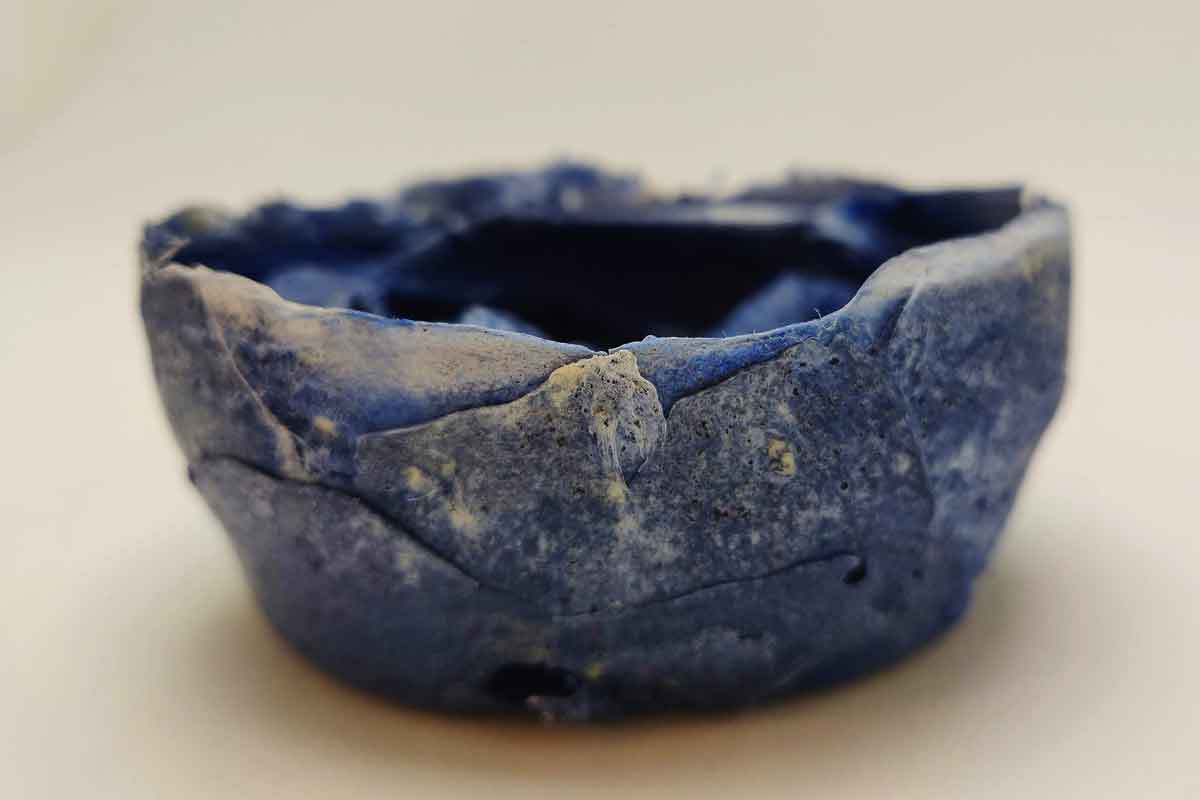
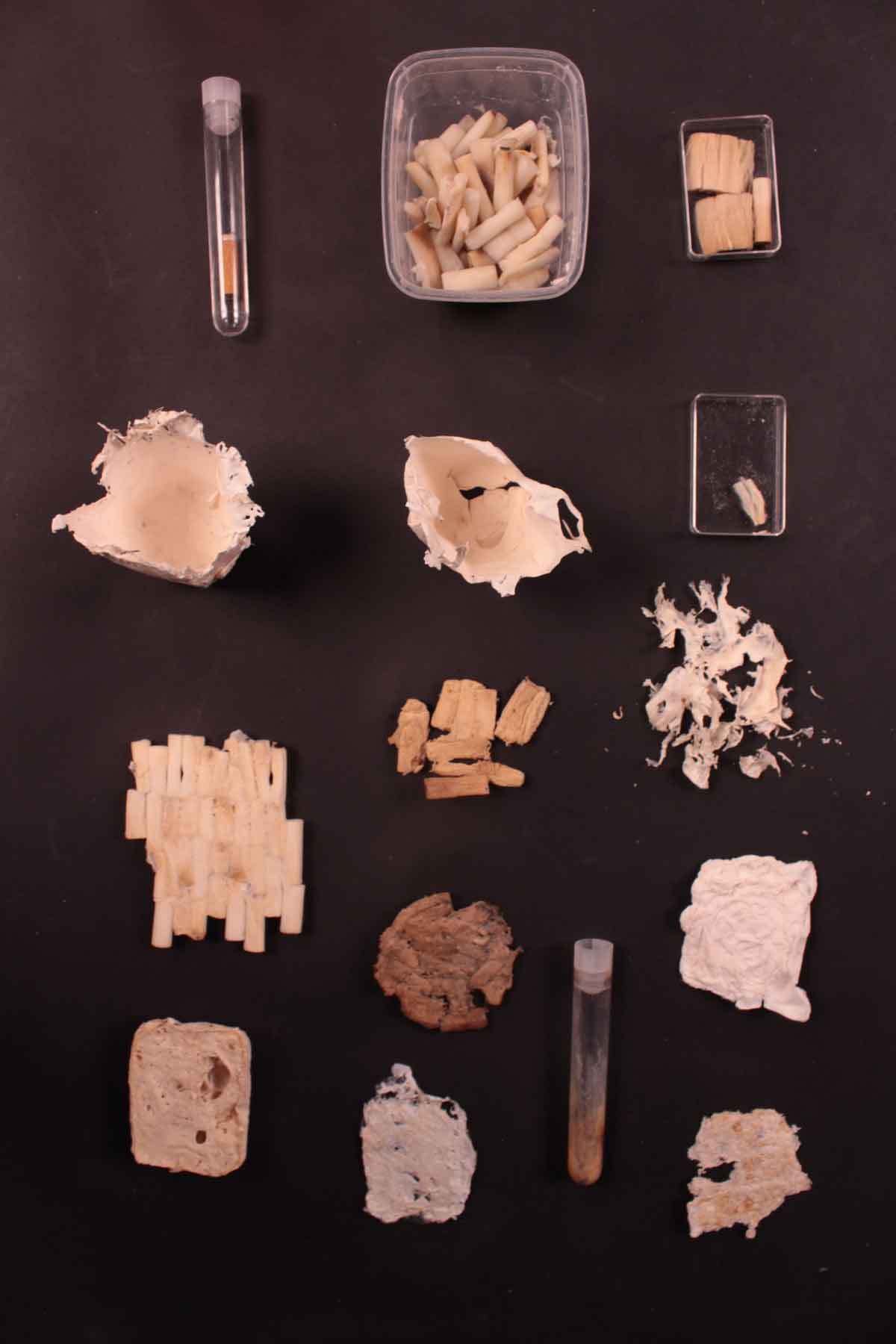
FABULOUS FUNGI BY ILSE KREMER
The use of fungi is infinite. Where there has been impressive progress developing products and textures spanning almost every industry, from pharmaceuticals to fashion and architecture, it is nowadays profiling as a potential organic clothing dye. In collaboration with Westerdijk Fungal Biodiversity Institute, Ilse Kremer hasdeveloped the first prototype to dye garments using fungi. The recently graduatedfashion designer from the Willem de Kooning Academy in Rotterdam, processes separately Monascus Purpureus and Ashbya Gossypii fungi to obtain the ink used to dye fabrics. These pigments avoid water contamination, energy usage and chemicals harmful to humans and the environment whilst addressing one of the most pollutant phases of the fashion industry: clothing dyeing.
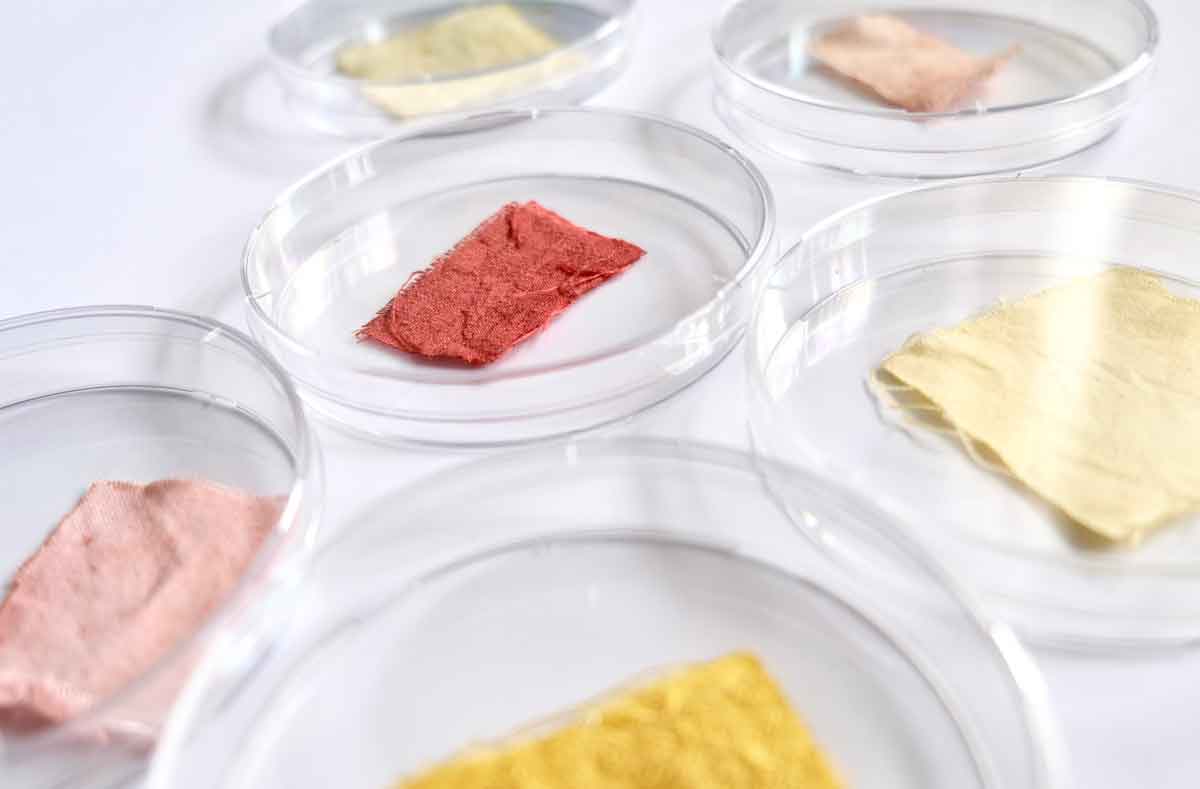
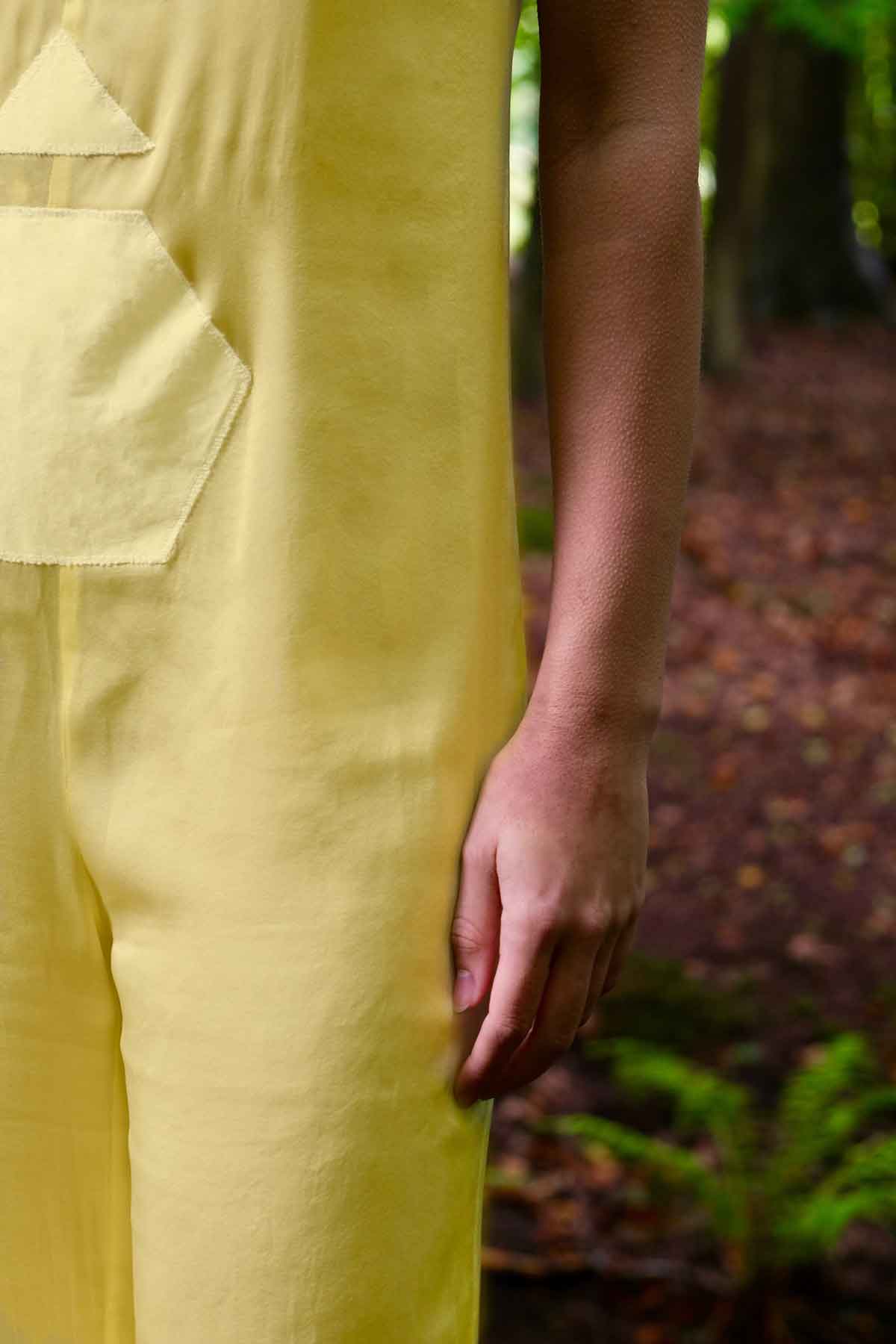
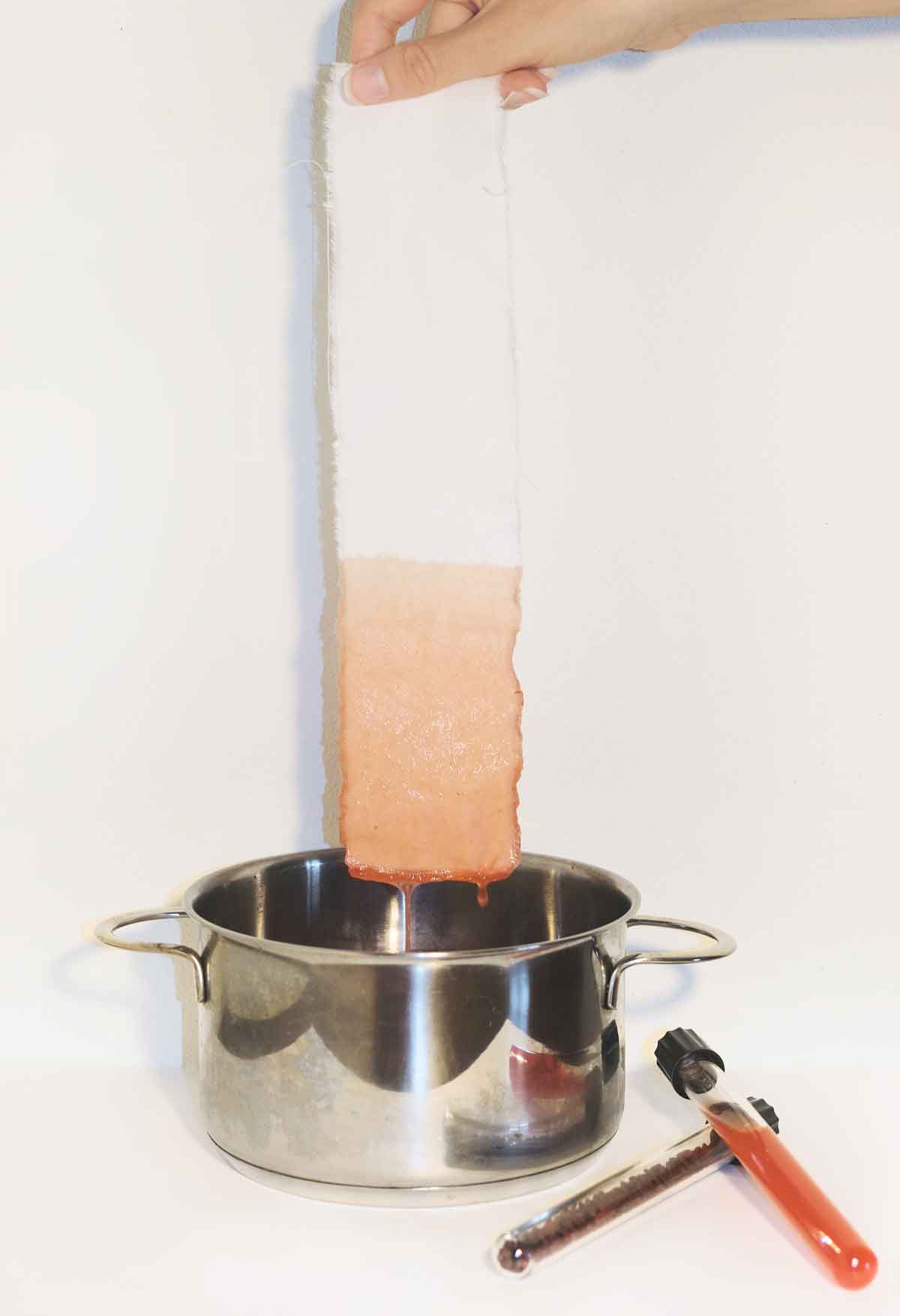
THE METAMORPHOSIS BY TADEAS PODRACKY
Metamorphosis is the result of emotional expression, unpredictability and exploration. Tadeas, who went back to his studio in Prague during the lockdown, took this time to unlearn methodologies and protocols absorbed during his studies, and allowed unmatching materials found in areas nearby to merge together—chaotically but intuitively. Carved with the help of a chainsaw, wood, glass, polystyrene, construction debris and silicone stood as heterogeneous sculptures during the DDW. Tadeas’s installations acknowledge immediate surroundings, discarded materials, and abstract metamorphosis: from shattered, abandoned piecesto vivid, evocative sculptures.
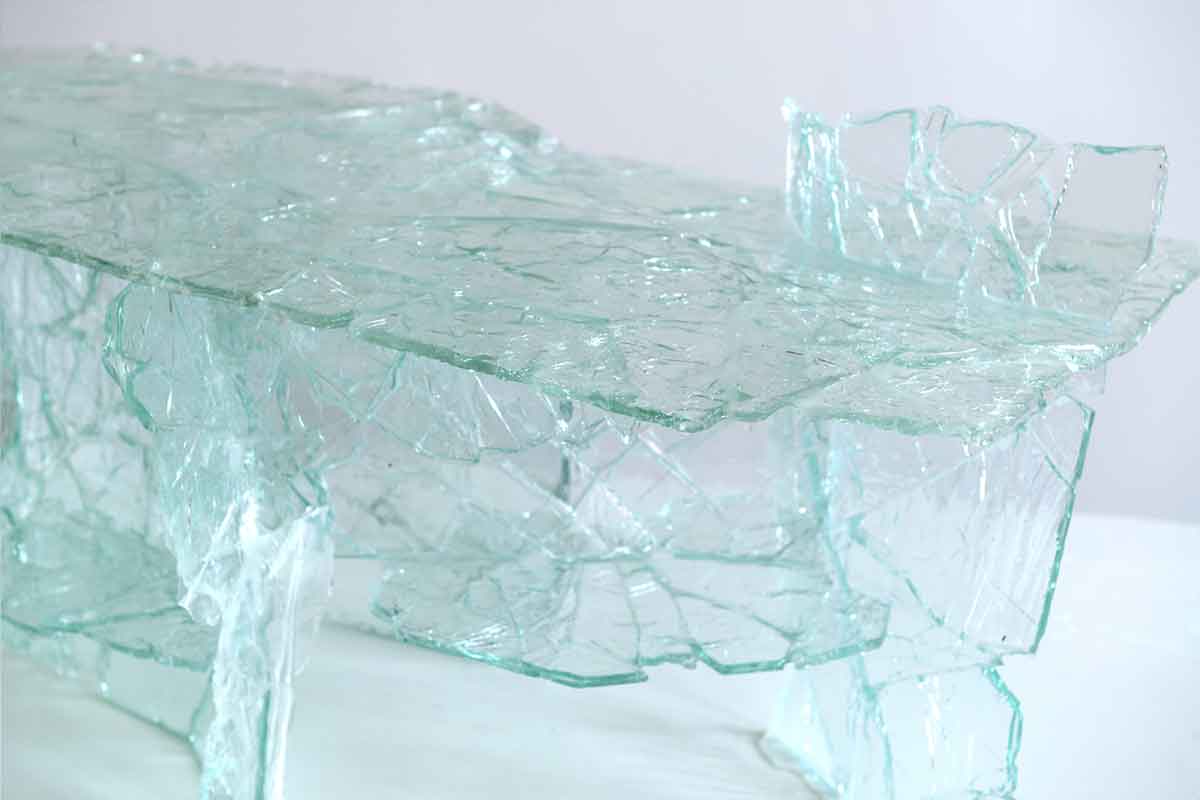
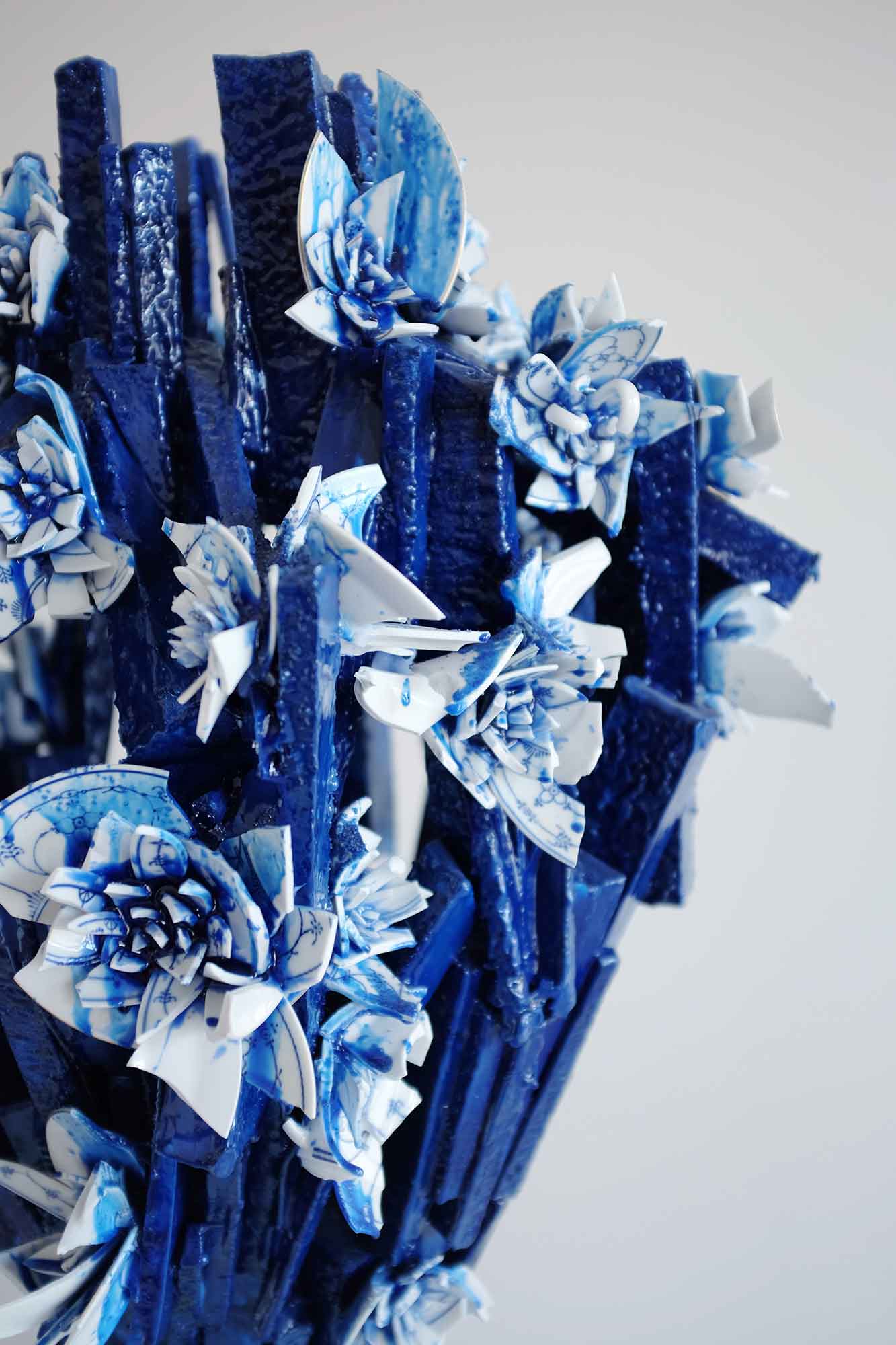
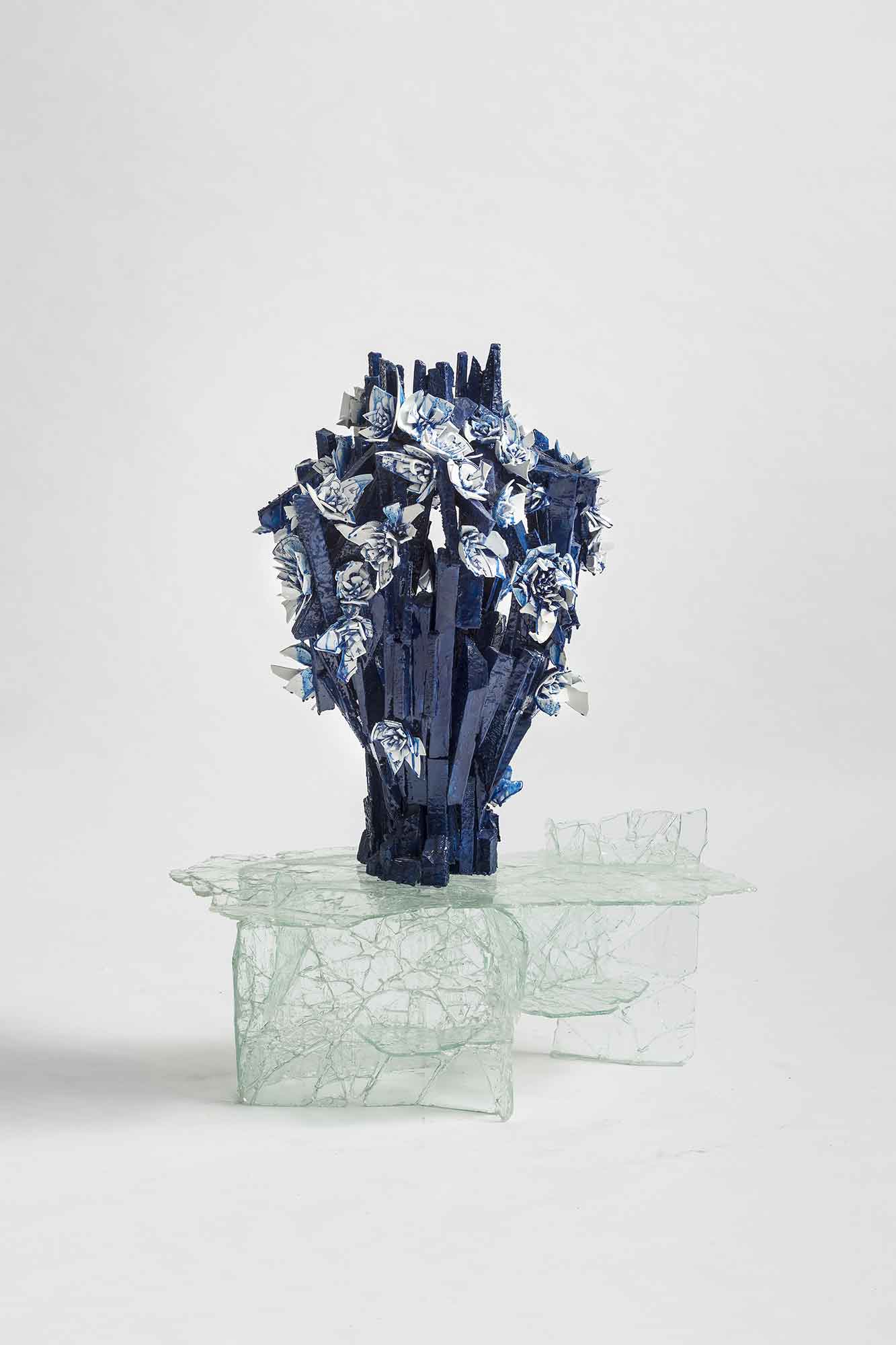

HEMP-IT-YOURSELF-! BY HANNAH SEGERKRANTZ
Hemp-It-Yourself-! embodies Hannah’s background in architecture and her mostrecent studies in design at the Design Academy Eindhoven. Her graduating project highlights her persistence in ecological awareness as she explores and transforms organic materials into pro-environmental furniture. ‘Hempcrete’, a hemp-based, concrete-like material does not only provide functionality, but it also becomes a CO2 catalyser since the hemp plant absorbs greenhouse gasses better than any other forest or commercial crop. There are already instances where hempcrete has been used in construction, however, it hadn’t figured yet in interior design. The project includes a manual that encourages people to create their own hemp furniture collectively, thus promoting the usage of natural materials, community work and collective know-how.
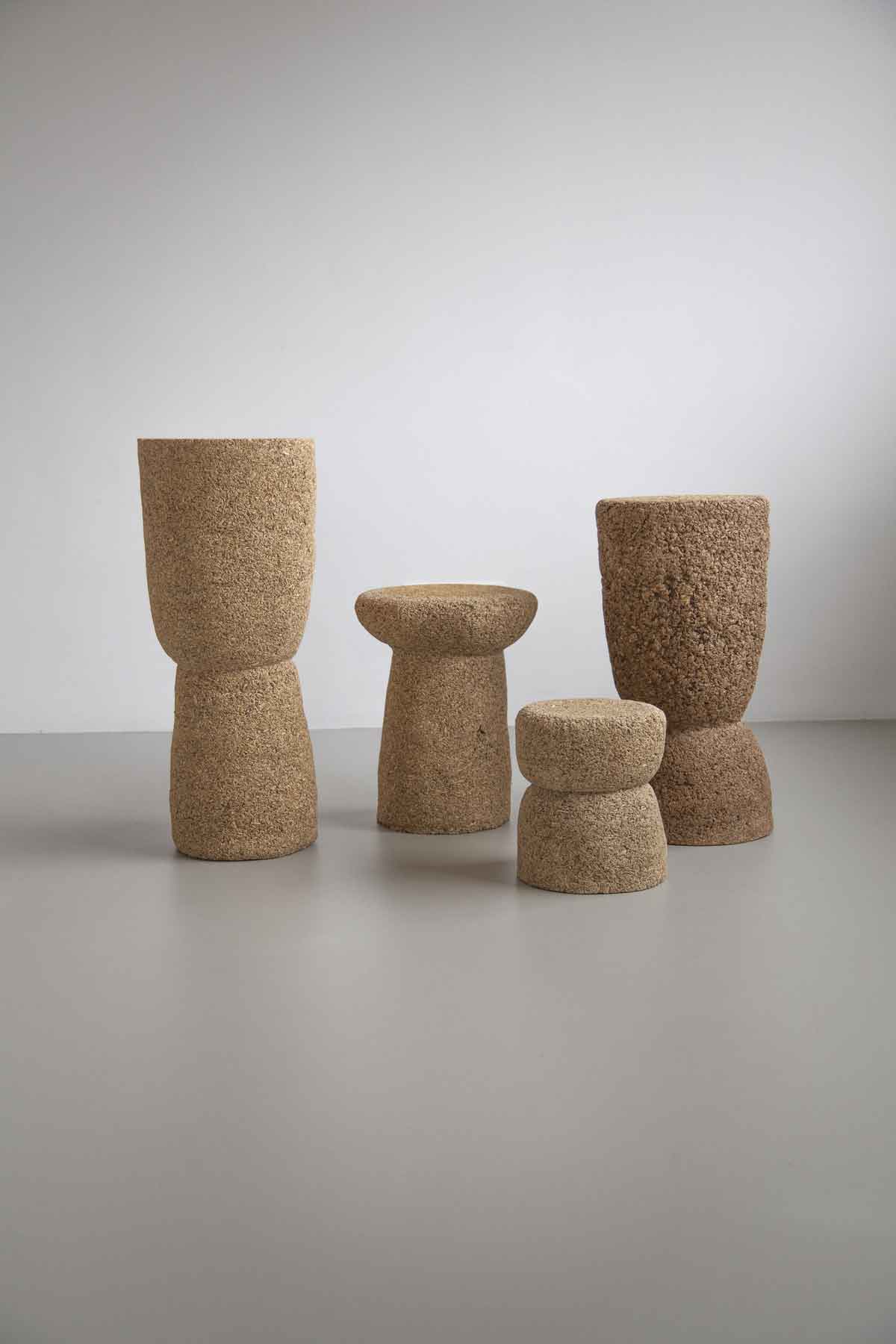

© Chiara Tichelman
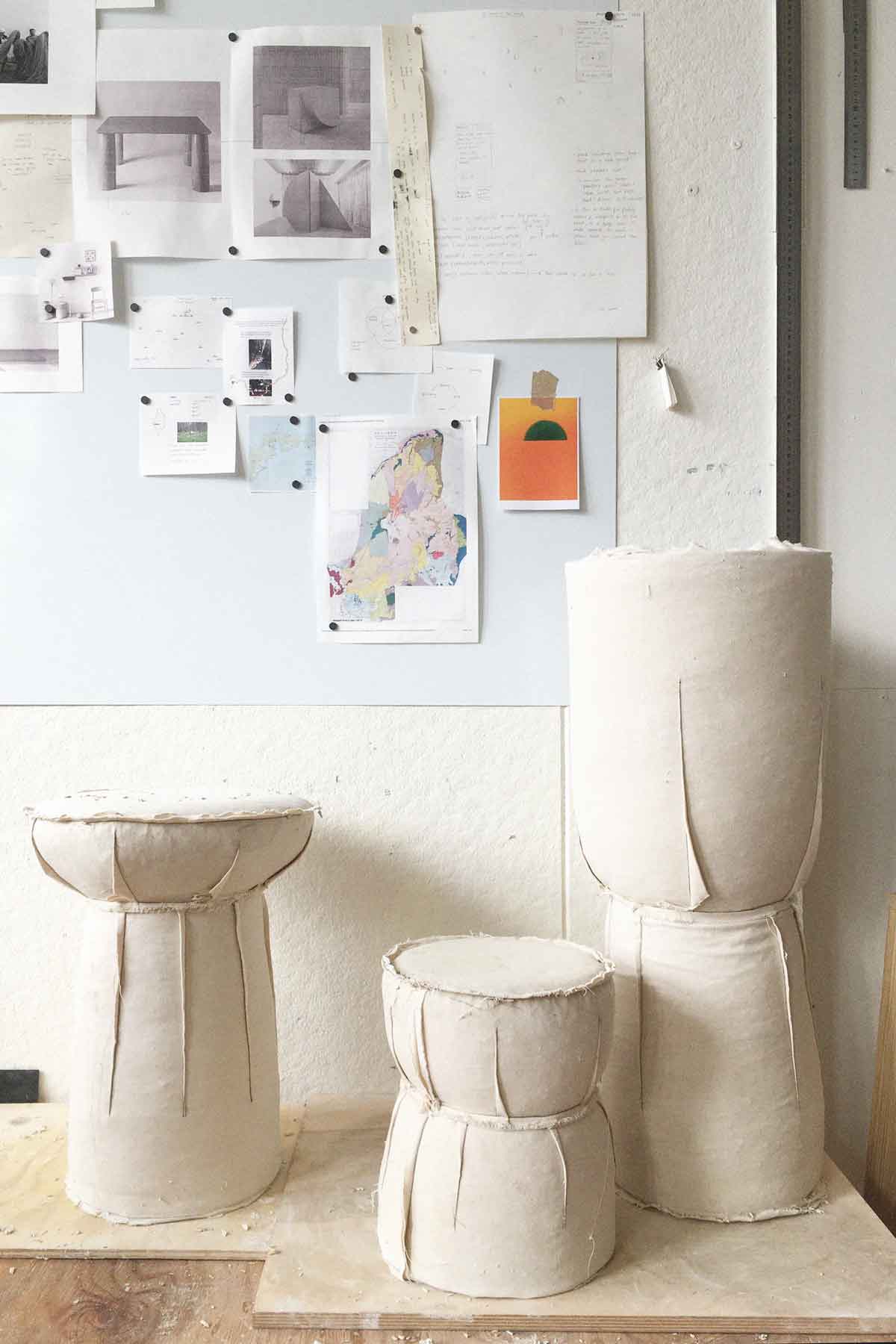
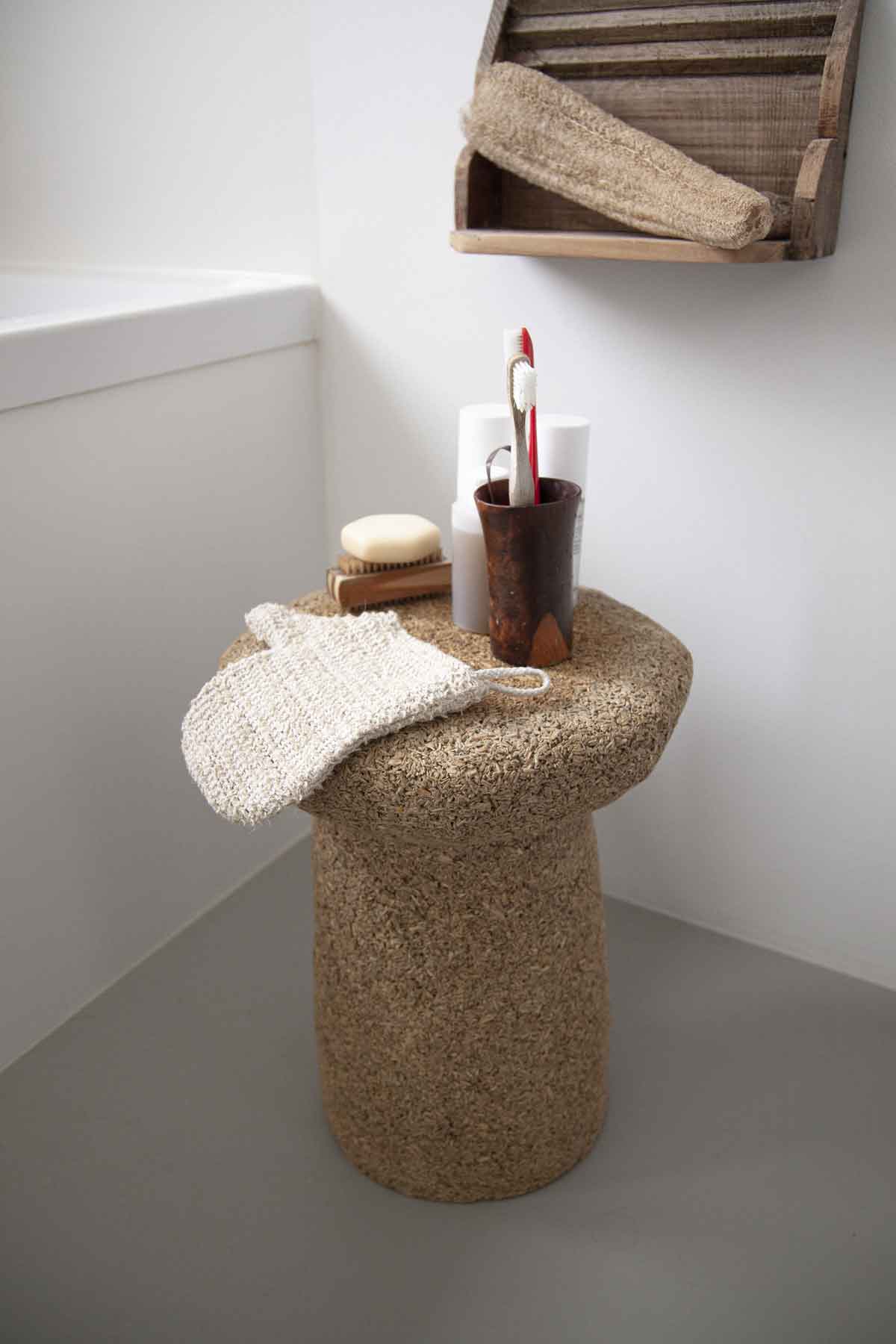
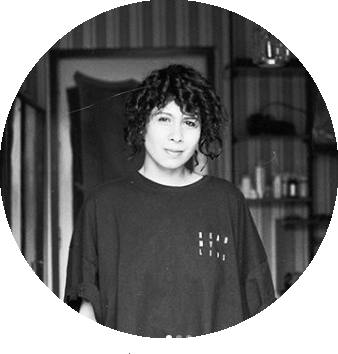
+ Words: Alejandra Espinosa, Luxiders Magazine Editor
Liberal Arts graduate | Berlin-based writer
Connect with her on LinkedIn or Instagram (@sincosmostura)


